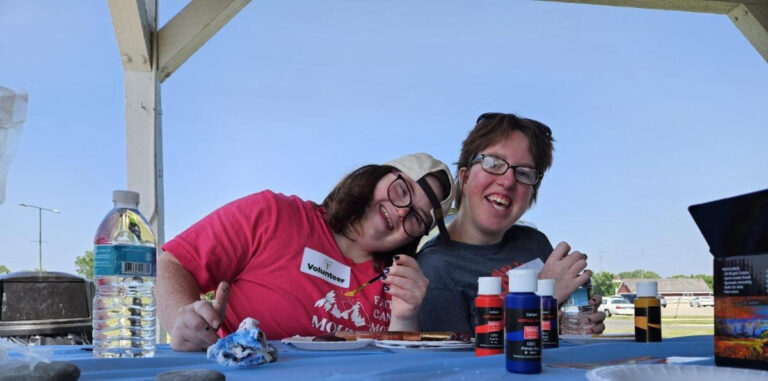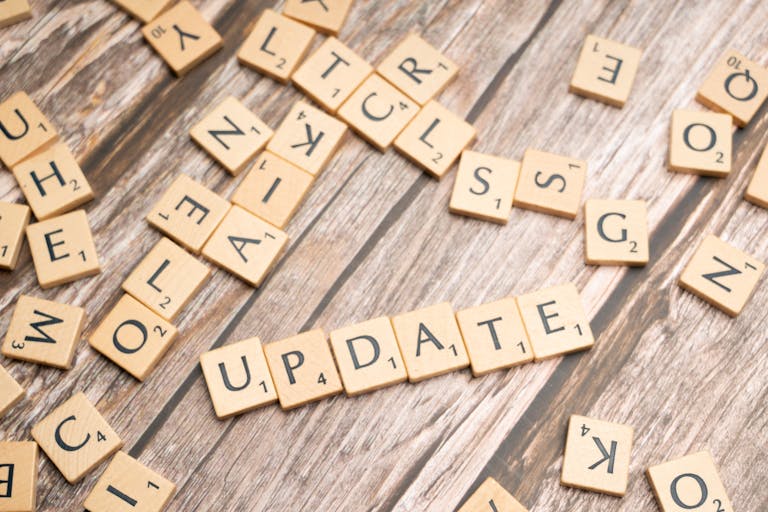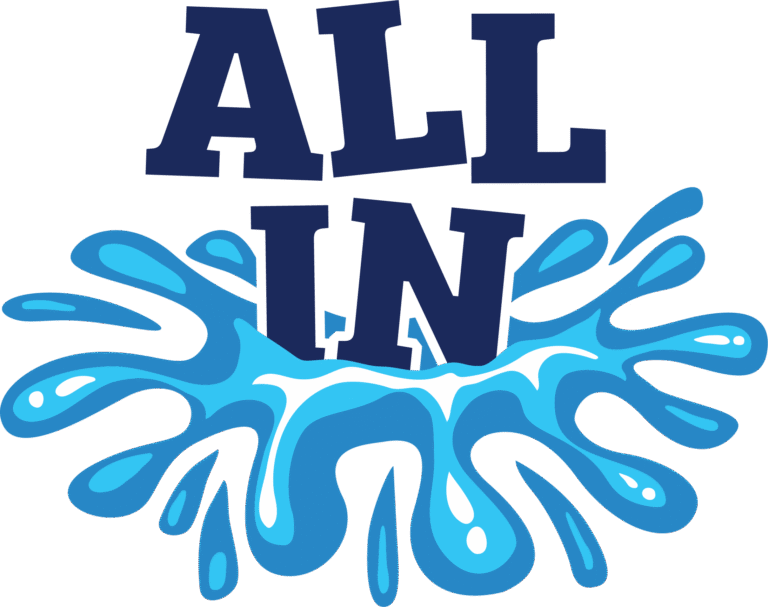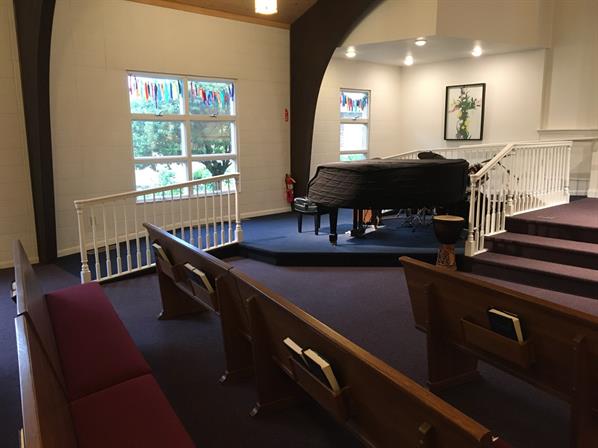Taftsville Chapel Mennonite Fellowship Dedicates Accessibility Ramp
Providing Access with a Barrier Free Grant
In May of 2022, delegates at a Mennonite Church USA (MCUSA) assembly in Kansas City affirmed several resolutions; one of which was the MCUSA resolution regarding accessibility (which can be read here).
Although our church, Taftsville Chapel Mennonite Fellowship, did not have any delegates at this assembly this resolution provoked a question: how accessible are churches, worship services, and gatherings to full participation of people with disabilities and different abilities?
As a pastor, I was confronted with a series of specific questions: if a person who is blind attended our services, do we have hymnals that they could use? If a person who is deaf attended, who would translate what others say for them?
The resolution provoked our congregation to consider the ways that people’s human bodies might encounter barriers to participation in the Church body.
We have an elevator in our building; so, as the able-bodied pastor, I assume we accommodate persons using wheelchairs. But a sister in our church, Mary, pointed out that she can’t use the elevator to get into the church building without the assistance of someone inside the building to operate the elevator; simply having an elevator doesn’t solve accessibility complications for people with mobility limitations.
The resolution from 2022 compelled me, as a pastor, to be more reflective on my theology of abilities and disabilities. The author Amy Kenny is a disabled scholar and theologian, and a committed Christian who loves and thanks God for her wheelchair, and she has a written book titled My Body is Not a Prayer Request. The title is drawing attention to ways that she is treated as an inconvenience to churches and other Christians in their interactions with her, in her wheelchair. Many people see her as a person who needs healing. She is suggesting that they need healing.
Kenny, in her abilities and disabilities, as a Christian is able to see things that I don’t see, as I am able-bodied. She notices that the Resurrected body of Jesus is also disabled. That Christ, even after death, even after the transformation of resurrection, carries wounds and holes in his body.
Kenny has heard Pastors preach that all of us will have perfect bodies in heaven. And yet, she challenges this notion of perfection and assumptions about “perfect bodies” that I and others need healing from.
She notices not just the wounds of Jesus’ perfectly disabled body. But that in heaven, the throne of grace, the throne of God, is actually a wheelchair. As it says in Daniel 7:9:
And the Ancient of Days was seated;
His garment was white as snow,
And the hair of His head was like pure wool.
His throne was a fiery flame,
Its wheels a burning fire
Holy smokes! God’s throne has hot wheels! I never noticed that it was a wheelchair. But it was there in the Bible all along–and Amy Kenny helped me to see this.
What if people of various abilities and disabilities, colors and sizes, are all part of this multitude that the last book of the Bible describes worshiping before God: people of every tribe, tongue, and nation? What if that includes a spectrum of various abilities and bodies?
What if God is perfect in our weakness? Moses thought his speech impediment was an impediment to his calling, but in Exodus 4:11 The Lord said to him,
Who gave human beings their mouths? Who makes them deaf or mute? Who gives them sight or makes them blind? Is it not I, the Lord?
Hearing from the disabled voices among us inspired our congregation to consider ways that we could make our worship gatherings more accessible and inclusive. We pursued grant money with the Anabaptist Disabilities Network, and thankfully we were awarded a Barrier Free Grant to help us make structural changes.
We began a handful of initiatives that included: updating our bathroom on the first floor of our building to include handrails, ordering a large print version of the Voices Together hymnal, and more ambitiously, we wanted to make our church yard and gardens (which are situated on an elevated slope) more accessible to folks with mobility limitations. So, after considering a few options, we decided on creating an accessibility pathway that allows people who may use a wheelchair or other means of mobility assistance to have more convenient access up the hill and through the path. This is important because our church holds gatherings in our church yard that have included worship services, picnics, and other events. It is also a community garden that offers space for rest, prayer, and contemplation in the vicinity of a peace pole we planted in 2022.
We used our awarded funds to pay for the materials and work that was done for creating this path. Shortly after our trustees used equipment to create a slope and place hard-pack stone to create an accessibility path, we held a dedication ceremony for the pathway with a ribbon cutting ceremony; along with a prayer that our church grounds can continue to be a place of hospitality to visitors and newcomers for future generations to come.
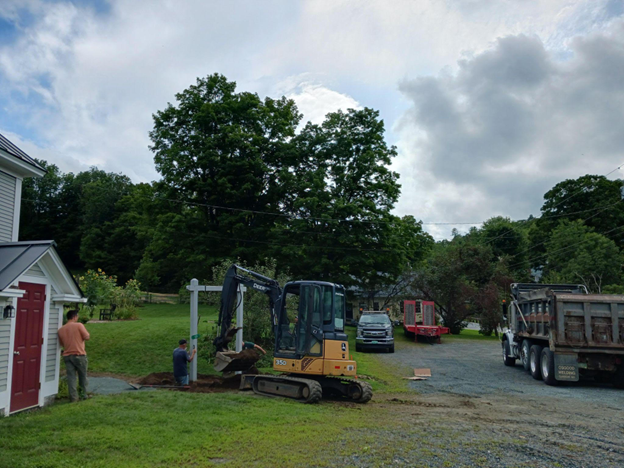
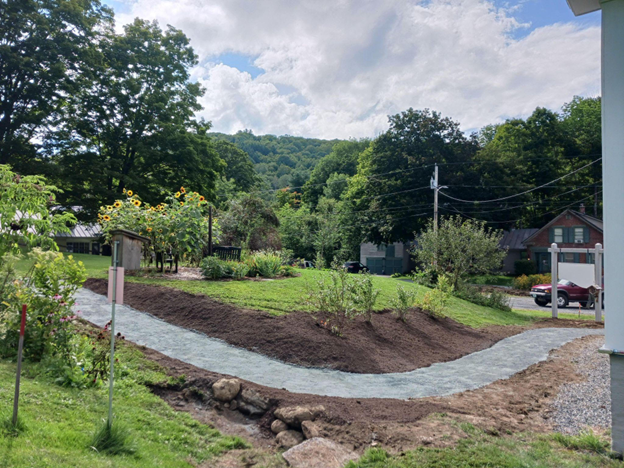
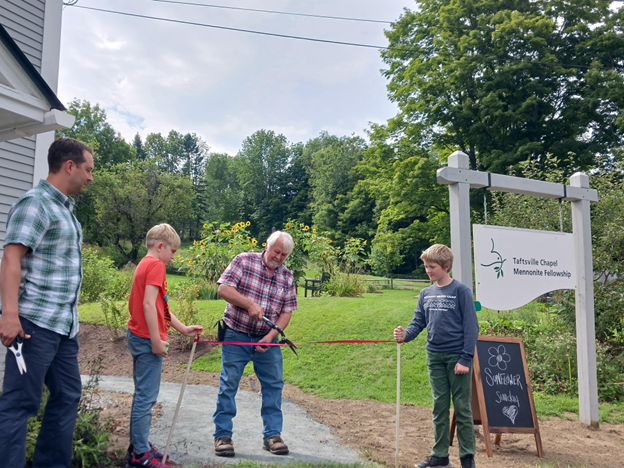
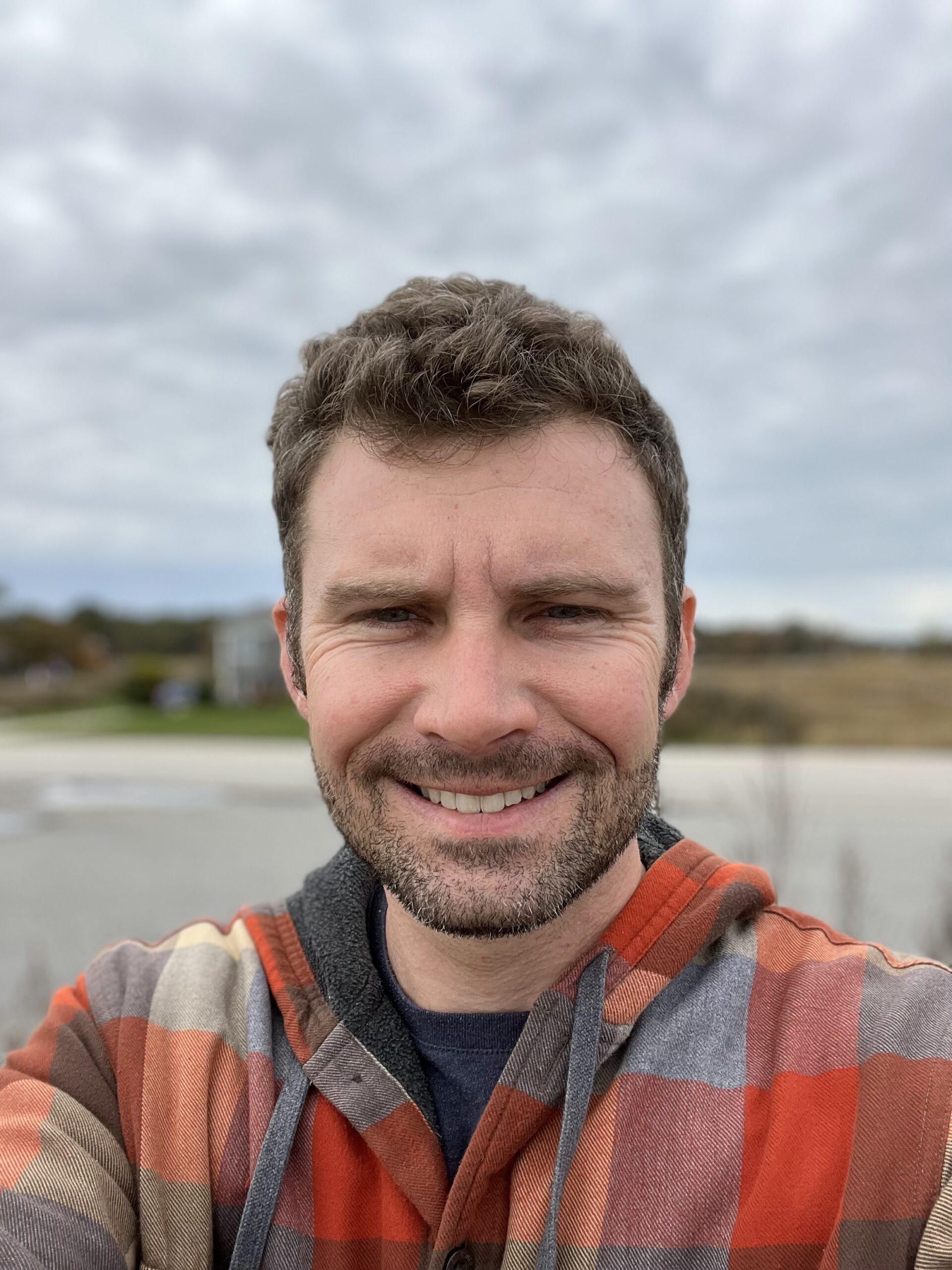
Steve McCloskey (he/him), M.Div, MPA, is the father of Jacob and Silas McCloskey and serves as pastor of Taftsville Chapel Mennonite Fellowship. He writes occasional columns for the Vermont Standard and volunteers as a firefighter in Hartland, VT where he and his children live. He enjoys living and learning in the way of Christ, hiking, exploring, and the taste of good food.



